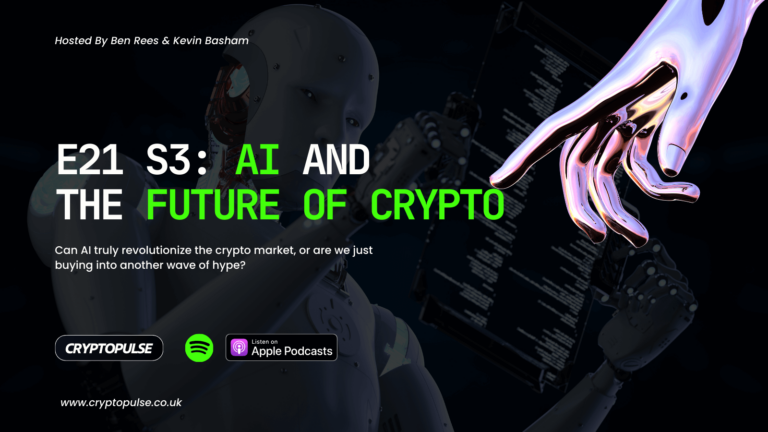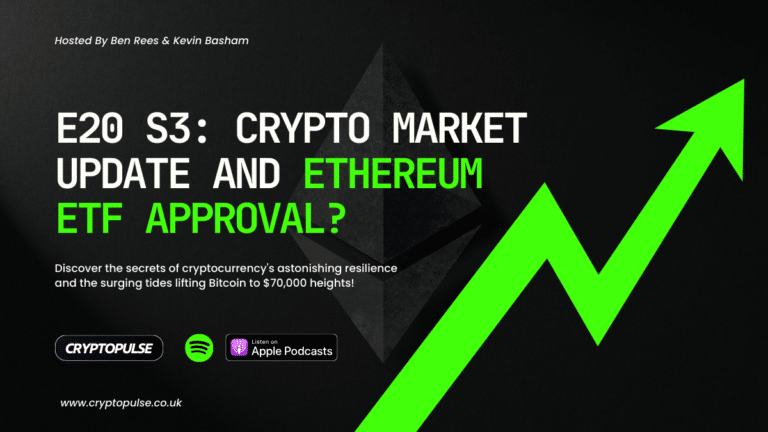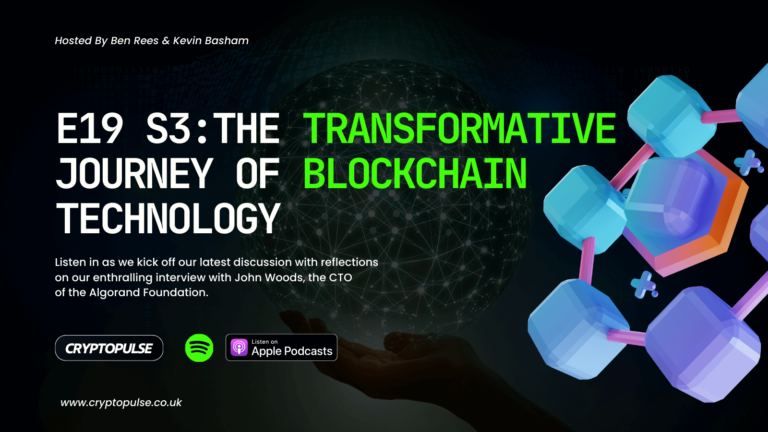Telcoin’s Mission
Telcoin aims to provide customers with fast and affordable decentralized financial products through blockchain technology. They are partnered with telecom and mobile money providers to successfully supply the 5.2 billion active users in the Telcoin community with DeFi products at a global scale.
What Are The 4 Telcoin Components?
TEL Token
TEL is Telcoin’s native token, which is used as the medium of exchange across the different layers of the Telcoin platform. Established in July 2017 in Singapore by Paul Neuner and Claude Eguienta, TEL has a max supply of 100,000,000,000, with 59,093,582,611 circulating.
The Telcoin App
The Telcoin platform has an innovative financial application for mobile phones. This offers Telcoin users features such as a multi signature Ethereum wallet and traditional banking options to send money.
You can store your crypto on the Polygon network, access remittance services, trade digital finances and conduct fiat money transfers from your bank account as a Telcoin phone user. The app now supports remittance from Canada and the US to 16 countries.
TELx (Liquidity Engine)
The Telcoin team has created a network of automated DeFi markets. This enables their financial products to execute automatically without custodians at a much cheaper price than traditional services. With this network the platform is able to power the variety of services offered by Telcoin.
Rivendell
This is a settlement network providing fast and safe transactions for the Telcoin ecosystem. Currently in development, this uses an Ethereum based side chain validated by mobile network operators. The network has been described to further ‘enhance processing speed, empower self-custodial financial services, and offer transparency ’.
The Team Driving Telcoin
Telcoin has a team spanning across the globe with extensive experience in blockchain, tech, finance and other crypto related sectors. With Paul Neuner as the chief executive officer, there are a range of other professionals on the team assisting with their financial products. This includes professionals such as Rajesh Sabari as chief commercial officer, Tim Mahota as general counsel & chief compliance officer, and Parker Spann leading EVP, business development and strategic projects.
How To Buy Telcoin
TEL is available on various exchanges such as Kucoin, Indodax, Bybit and Uniswap. Storing your crypto assets on exchanges means that you do not need to have the private keys. These are used in crypto transactions to present ownership of a blockchain address.
Stay Up-To-Date With Telcoin
You can stay in the loop with their upcoming projects by connecting with their social platforms and visiting their website below.
Website: https://www.telco.in/
Twitter: https://twitter.com/telcoin_team



